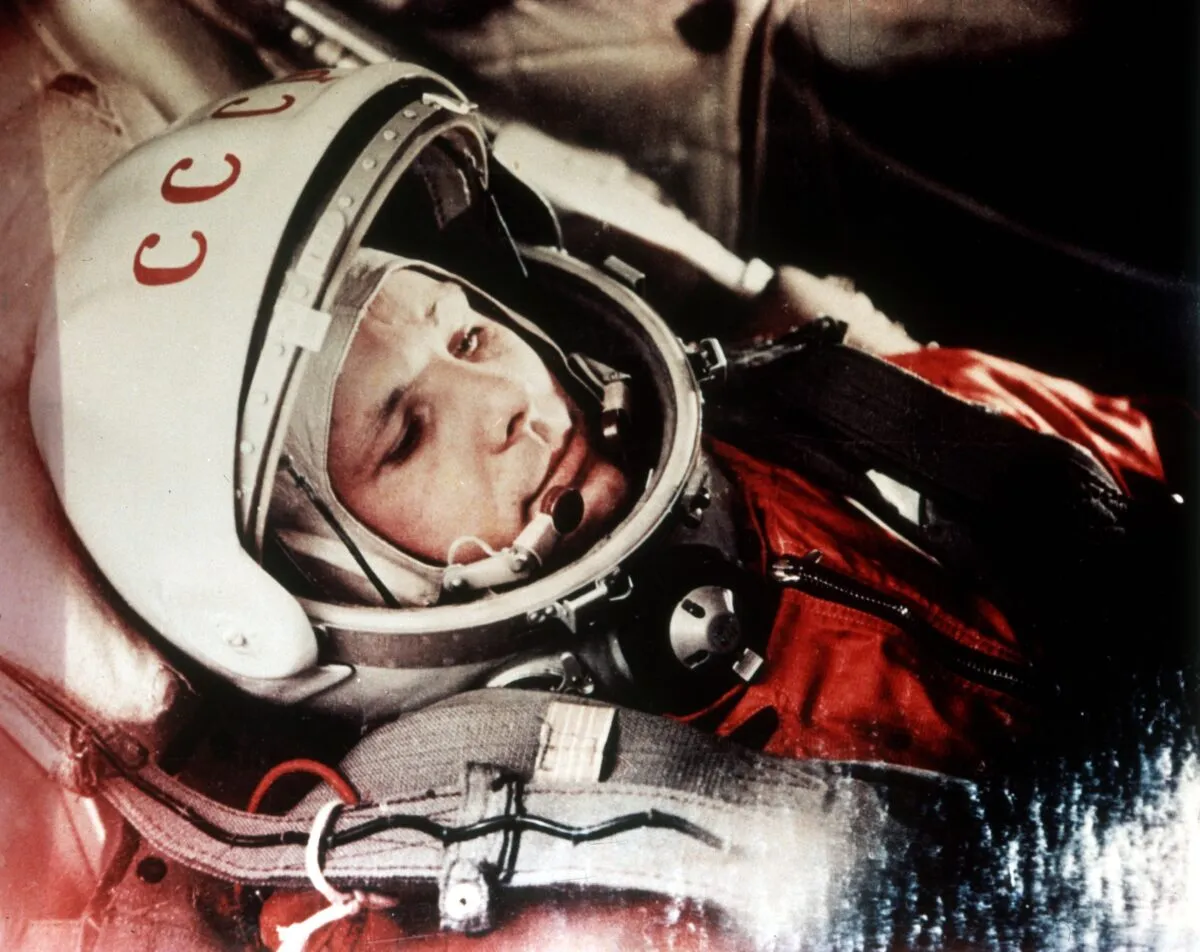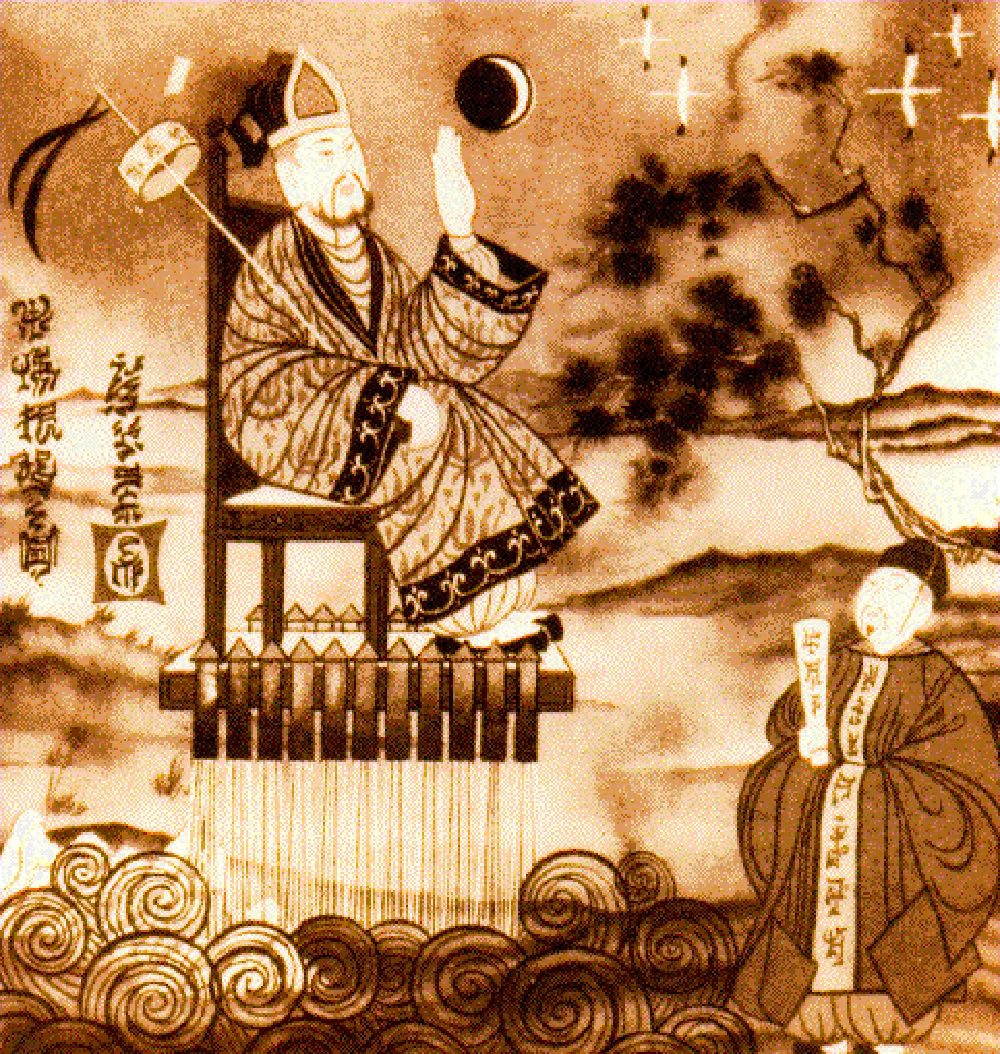Humankind’s passion for exploration – to forge that raging river or climb that lofty snow-capped mountain – has been at the heart of many an expedition.
Over time, those rivers were forged, those mountains climbed and new lands discovered.
However, to many explorers the thought of venturing beyond Earth to see exactly what those points of light were in the night sky seemed a mere dream.
But for a tenacious few, it was yet another challenge to engage with.
Long before Yuri Gagarin’s epic voyage in 1961 on board Vostok 1, powered by a Vostok-K rocket, history recalls others who dared to dream.

One such soul ready to conquer the heavens was 16th-century Chinese would-be astronaut Wan Hu, a public official with stars in his eyes.
Wan Hu, or Wan Tu (depending on which source you consult), was determined to breach Earth’s protective atmospheric shell.
The cockpit of his ‘craft’ was a specially designed chair; his Saturn V engines were 47 rockets strategically distributed around him.
The craft also boasted a guidance system – an array of kites, for wind assistance and stability.
Once representatives from Health and Safety had quickly thumbed through manuals on all the potential issues that might present themselves, Wan Hu was ready to be blasted into space.

Sporting suitably lavish attire to mark the occasion, the rocket fuses were duly lit by the mission control ground crew.
As a precursor to the present-day phrase 'lighting the blue touch-paper and retreating', one can only imagine the hasty withdrawal from the launch scene that followed.
While it would have been fabulous to see Wan Hu blast off skyward just like Artemis I, the actual outcome was ultimately unfavourable.
The craft did move some distance, but an explosion and clouds of smoke followed, and his dream apparently ended there.
Rockets could well date further back than Wan Hu’s assembled collection, as far back as 400 BC when Archytas, a Greek philosopher and mathematician, showed off his own pseudo-rocket, which took the form of a wooden pigeon and was propelled by escaping steam.
Centuries later, in 1232, in one of the first uses of rockets for military purposes, the Chinese used arrows attached to gunpowder-filled tubes, launching them to engage the Mongols in battle.

During the late 1800s and early 1900s, Fritz von Opel, a German automotive industrialist, not only beefed up the car to achieve great speeds with rocket propulsion, but applied the same mechanics to powering aircraft.
His rocket plane earnt him the name ‘Rocket Fritz’.
However, in 1926 Professor Robert H Goddard, US engineer and physicist, revolutionised the field of rocketry.
Goddard is hailed as the father of modern rocketry for his visionary approach, as he was the first to successfully launch a liquid-fuelled rocket.
There are those who design and build rockets, and those prepared to sit surrounded by them like Wan Hu, – or indeed on top of 500,000 gallons of fuel like the Apollo crews.
These are the true pioneers who made space travel possible, with a combination of both ingenuity and bravery.
This article originally appeared in the April 2023 issue of BBC Sky at Night Magazine.
